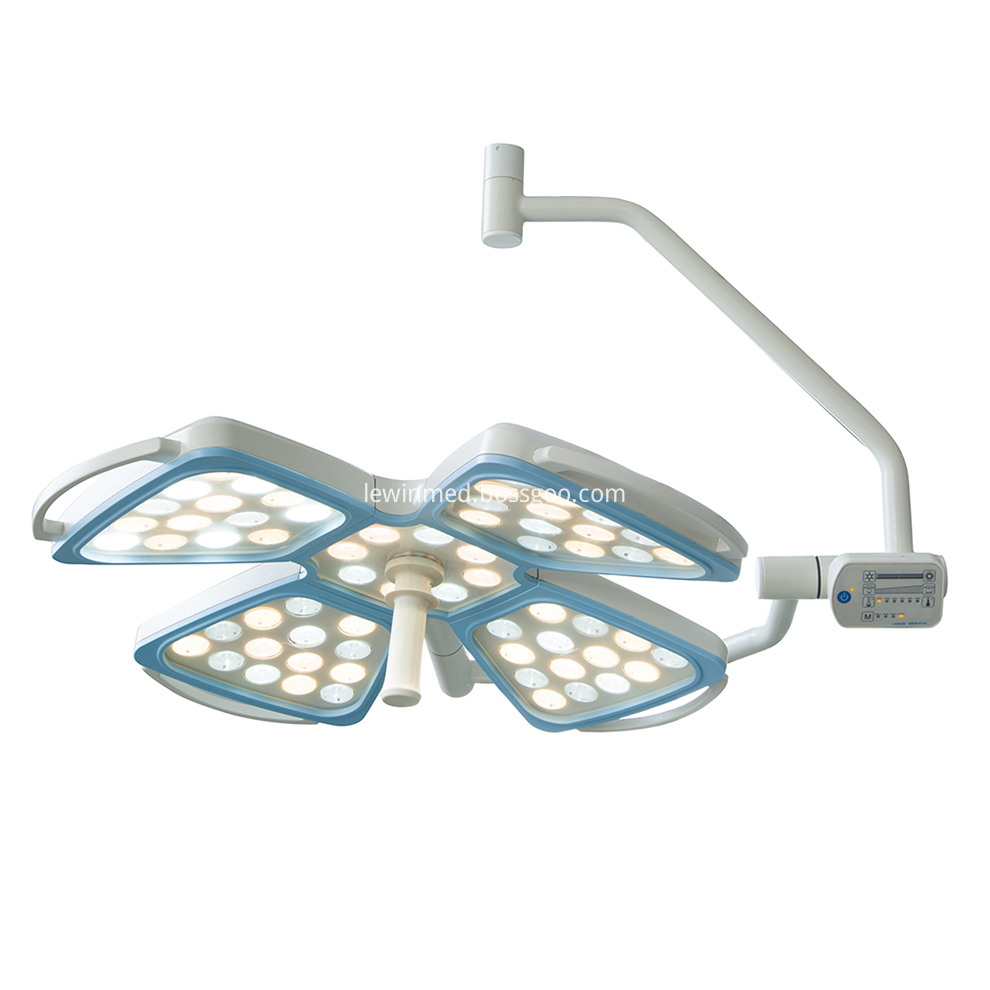Symptoms: Rust affects the buds, leaves, twigs, petioles, receptacles, pedicels and other parts of the rose. It mainly occurs on shoots and leaves. In the spring sprouting stage, the diseased buds are swollen at the base, and a large amount of orange-red powdery material resembles a small yellow flower in the 1-3 scales; some are deformed and are dead after 15 to 20 days. After the young leaves were injured, they first appeared on the front of the leaves and clustered with small yellow point spores. Afterwards, orange-red spores were generated on the back of the leaves. After the autumn axillary buds were infested by the bacteria, they died of overwintering.
Incidence of the law: The main pathogen is the hyphae in winter bud disease overwintering, the late spring in late March, disease buds begin to germinate when the onset, resulting in summer spores, spread to the foliage infection. The winter spores on the diseased leaves can also overwinter, and in the following spring, spores are born and germinated to invade young shoots of young leaves, producing sexual spores and rust spores. The infested leaves of rust spores produce uredia spores. The summer spores can be produced multiple times, and the infection can be repeatedly expanded. The minimum incubation period is 7 days. The onset of disease begins in late April. From late May to early July, the onset of the disease. It is available in August. The average temperature is above 27 degrees, the disease does not develop, and temperatures above 28 degrees do not germinate. After ten days in September, only axillary buds developed. In years with more rain and even rain, the incidence is heavy.
Prevention methods: (1) timely removal of disease buds, inspections from late March to April, and found that diseased sprouts should be immediately removed. The general disease bud rate is less than 0.5%, and spores can be prevented from spreading after removal. (2) Before the onset of two epidemics in early April or late August, spraying 1 or 2 times can control the development of the disease. 50% chlorothalonil 600 times solution; 50% trehalose 500 times solution; or 50% thiram 500 times solution; or 25% triadimefon 1500 times solution. It is also possible to spray 0.1 lime sulfur before germination in the spring; or spray 0.2 lime sulfur in the early stages of the disease.
As round type surgical lamp, flower type also has big lamp head and small lamp head; the big lamp head surgical lamp, we call it Creled3400, the small lamp head surgical lamp, we call it Creled3300, the design of the burner focuses on reducing turbulence and the fully enclosed streamlined lamp shade is well designed according to aerodynamic principles. The smooth and sealess surface design is especially suited to the clean needs of the medical environment.

Single Dome Flower Ot Lamp,Single Dome Ot Lamp,Single Dome Surgery Light,Single Dome Operating Light
Shandong Lewin Medical Equipment Co., Ltd. , https://www.lewinmed.com